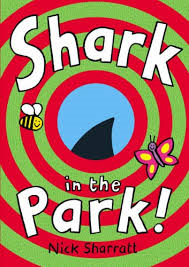 Nick Sharratt
Nick Sharratt
David Fickling Books
Age 3-5
Timothy Pope has a brand new toy telescope and he is testing it out at the park. He thinks he can spot a shark through it. The reader sees what Timothy sees through cut out spy holes and can decide if they think he is right when he cries ‘There’s a shark in the park! Shark in the Park is a boldly illustrated rhyming story which is fun to join in with and talk about.
Share the story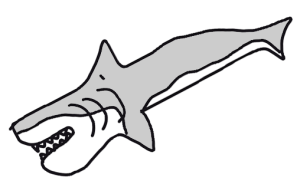
Read aloud
As you read the story aloud pause at each of the cut outs and guess together what Timothy may have spotted before you read on.
Join in
As you re read the story encourage your child to join in with Timothy’s cry ‘There’s a shark in the park!’ Children will enjoy completing the rhymes in the story as well.
Talk about the book
There are lots of things going on in the park, see what your child can spot on different pages.
Talk about why Timothy mistakes a cat, a crow and his dad for a shark.
If the story continued what would your child like to happen next? Would Timothy turn round and spot the shark in the pond?
Watch the story read aloud here
https://youtu.be/Ketu-SWDyD0?t=7
From 3asafeer
Things to make and do
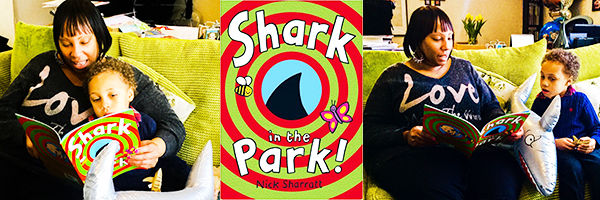
Make a telescope
Give your child a cardboard tube, for example from a roll of kitchen paper, to use as a telescope; what can they spot at home or in the park?
See here for more ideas for making simple telescopes.
Play a game
Play an I spy game eg ‘Timothy Pope, Timothy Pope what can you see through your telescope? I can see something beginning with ……’(use the sound the word begins with eg ‘sh’ for shoe)
Play ‘a follow my instructions’ game eg ‘Timothy Pope looks left’; ‘Timothy Pope looks at the sky’ your child could follow the instruction with their toy telescope. With older children you could play this as a Simon Says game; only following instructions if they begin with ‘Timothy Pope’
Play a rhyming pairs game
Print off the game sheet and cut up the words. Spread them out and turn them upside down on a table or the floor. Take turns to pick up two cards and read the words. If they rhyme you keep them if not you replace them. Player with most pairs wins.
Toyin and Lovemybooks talk about rhyming
Toyin says:
'Myri likes the rhyming and he remembers the book from school. He loves playing with his blow up shark and drawing sharks. We printed off the rhyming game but Myri found it quite hard because he was trying to sound out all the words rather than listening to the rhymes. We'll have another go with the game but we've got some poetry books so we'll try reading more of those.'
Rhyming books and learning to read
At Lovemybooks we feel sharing rhyming stories and poetry provide opportunities to draw children's attention to the patterns in words (eg shark and park, boy and toy) and can help children take on more of the reading for themselves as they begin to become independent readers. They will quickly be able to join in with the rhymes and choruses and suggest a missing rhyming word. Playing a game with the rhyming words from a story is another way to have fun with this - see the one you can download under 'Things to Make and Do' on our Shark in the Park activity page. When playing a rhyming card game like this you can always start with fewer rhyming cards to begin with and increase the number as your child gains confidence.
Find out more
Toyin and Lovemybooks talk about rhyming
Toyin says:
'Myri likes the rhyming and he remembers the book from school. He loves playing with his blow up shark and drawing sharks. We printed off the rhyming game but Myri found it quite hard because he was trying to sound out all the words rather than listening to the rhymes. We'll have another go with the game but we've got some poetry books so we'll try reading more of those.'
Rhyming books and learning to read
At Lovemybooks we feel sharing rhyming stories and poetry provide opportunities to draw children's attention to the patterns in words (eg shark and park, boy and toy) and can help children take on more of the reading for themselves as they begin to become independent readers. They will quickly be able to join in with the rhymes and choruses and suggest a missing rhyming word. Playing a game with the rhyming words from a story is another way to have fun with this - see the one you can download under 'Things to Make and Do' on our Shark in the Park activity page. When playing a rhyming card game like this you can always start with fewer rhyming cards to begin with and increase the number as your child gains confidence.
Read more books by Nick Sharratt, find out more here
Titles include:
Shark in the Dark
Socks
Don’t Put your Finger in the Jelly, Nelly
Ketchup on Your Cornflakes?
Octopus, Socktopus
Ouch I need a plaster
Watch a video to find out more about sharks here


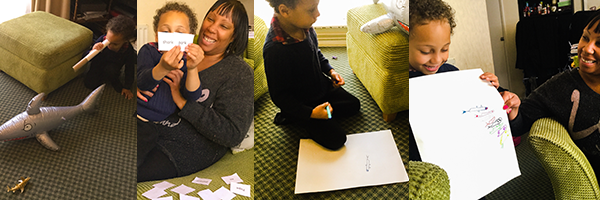
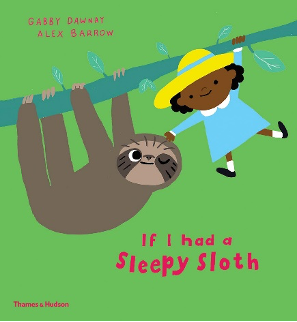 Gabby Dawnay, illus. Alex Barrow,”
Gabby Dawnay, illus. Alex Barrow,”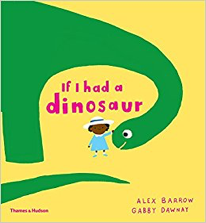 Gabby Dawnay, Alex Barrow (illus)
Gabby Dawnay, Alex Barrow (illus)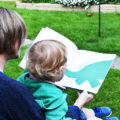
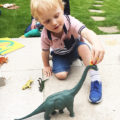
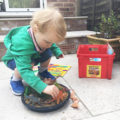
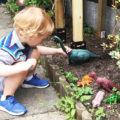
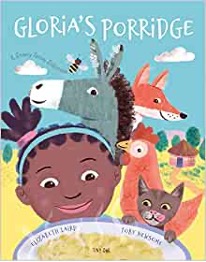 Elizabeth Laird, illus. Toby Newsome
Elizabeth Laird, illus. Toby Newsome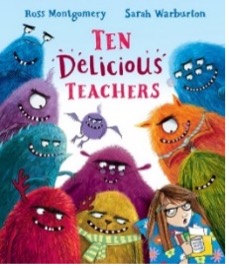

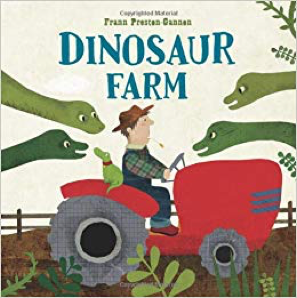
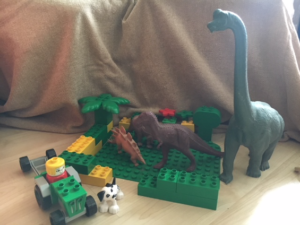
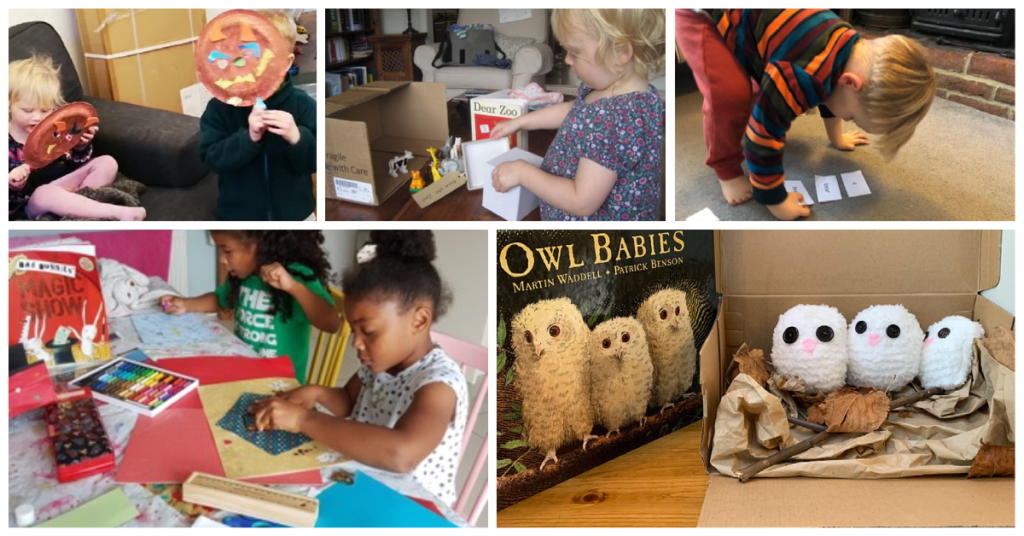
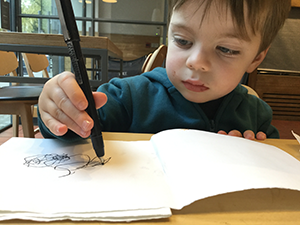

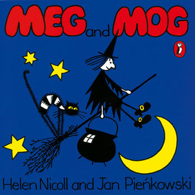 Helen Nicholl, Jan Pienkowski (illus)
Helen Nicholl, Jan Pienkowski (illus)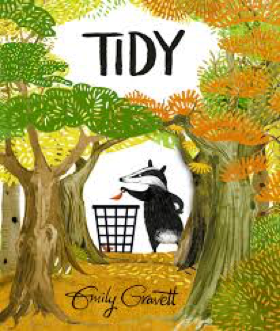 Emily Gravett
Emily Gravett Follow lovemybooksUK15
Follow lovemybooksUK15